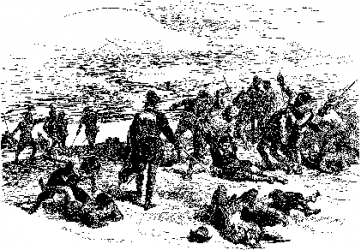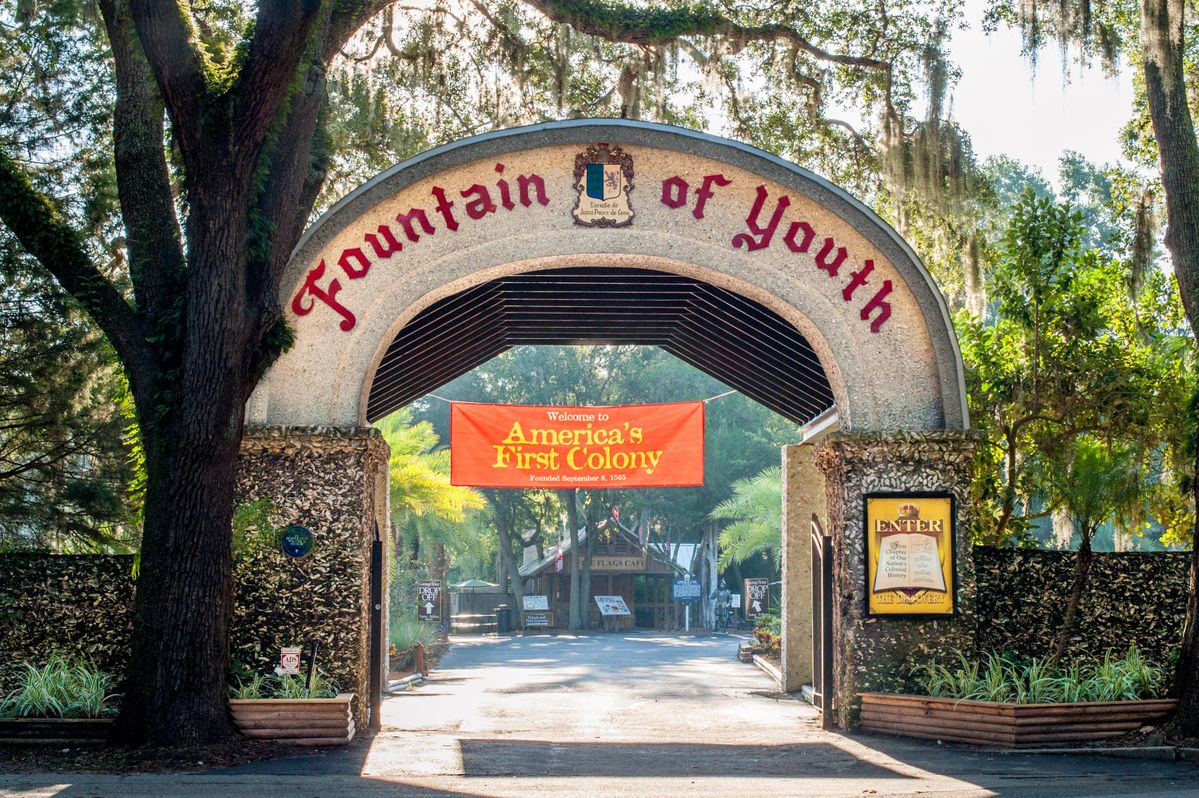Mindful
Diamond Member
- Banned
- #1
For decades the Spanish legacy penetrated territories that currently form a part of the United States through a series of trails called the Royal Roads. Originally, these trails connected two capitals, but in time the term was used to designate routes that connected settlements that boasted certain relevance. Today the U.S. National Park Service manages these trails.
The “Camino Real de Tierra Adentro” (Royal Inland Road)
It was the most important of all the Royal Roads and it connected Mexico City and Santa Fe in New Mexico. In its 2560 kilometers (1600 miles) it passed through cities such as Juarez, El Paso, and Albuquerque. It was popularly known as the “Santa Fe Road” and also as the “Silver Road”.

 artsandculture.google.com
artsandculture.google.com
The “Camino Real de Tierra Adentro” (Royal Inland Road)
It was the most important of all the Royal Roads and it connected Mexico City and Santa Fe in New Mexico. In its 2560 kilometers (1600 miles) it passed through cities such as Juarez, El Paso, and Albuquerque. It was popularly known as the “Santa Fe Road” and also as the “Silver Road”.
Spanish Trails in the United States - Google Arts & Culture
Google Arts & Culture features content from over 2000 leading museums and archives who have partnered with the Google Cultural Institute to bring the world's treasures online.
 artsandculture.google.com
artsandculture.google.com






